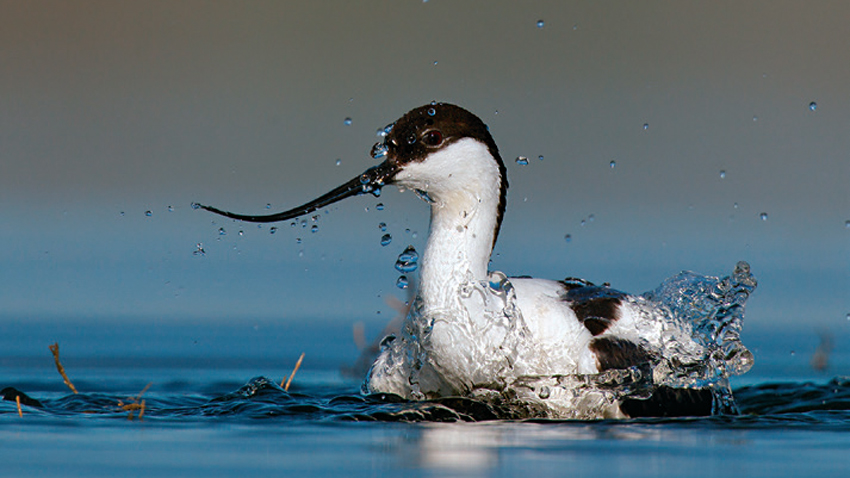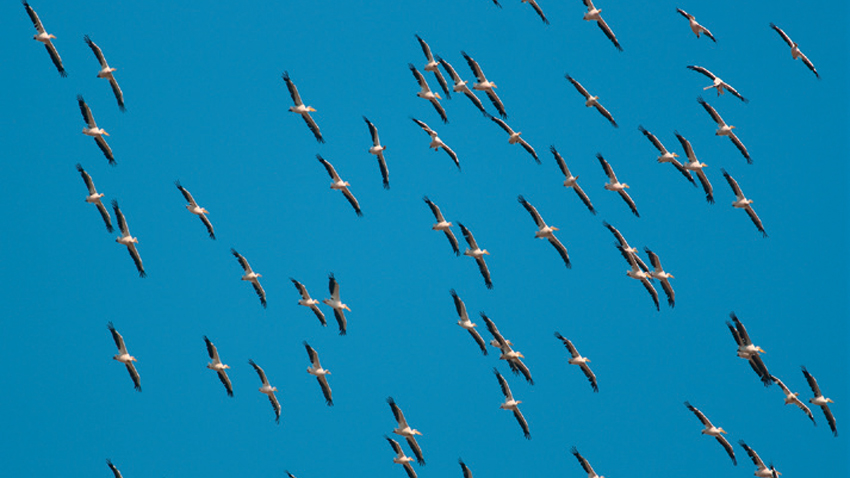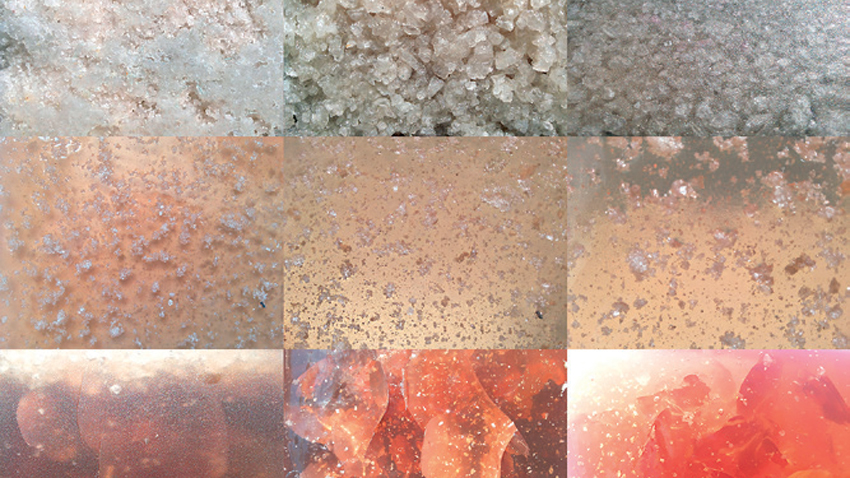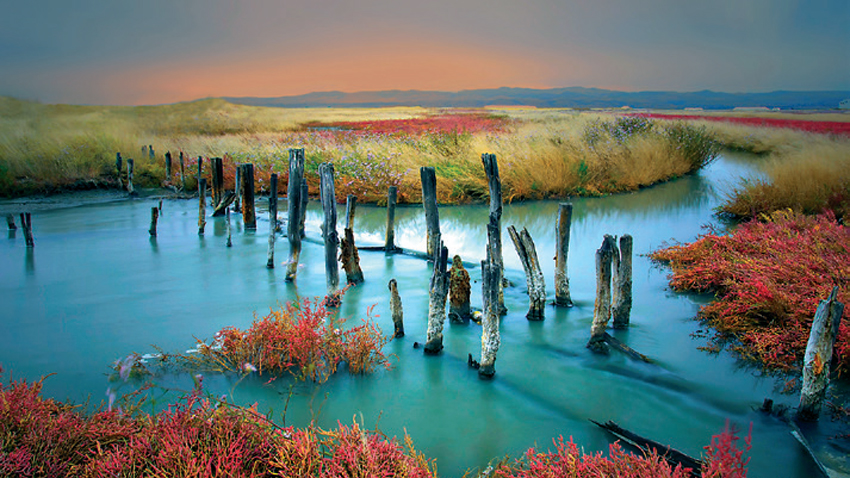For the first time the Biodiversity Foundation has broken a ten-year tradition dedicating the year not to an endangered species but to a location, Lake Atanasovsko. In 2015 the salty lagoon lying to the north of the City of Burgas on the Black Sea will be promoted in a string of events including a Carnival of Biodiversity, a Festival of Salt, a project to build a photo-hiding place, a route for the Pied Avocet (Recurvirostra avosetta) and of salt.

What is unique about Lake Atanasovsko lagoon? We learn more from Radostina Tsenova from Biodiversity Foundation?
The Great Migration

„Birds are the most noteworthy inhabitants of the lake. Every year the number of species established or sighted here is getting bigger. It has reached the impressive 333 species from the total of 420 for the whole of Bulgaria. Birds nest, have a rest or fly by, because the narrowest front of the Via Pontica bird migratory route goes across the lake. The miracle of migration has attracted many ornithologists and nature-lovers from across the world. At the end of September they come to watch huge flocks of pelicans, storks, vultures and songbirds. In the autumn migration is much busier than in the spring. Local inhabitants are of great interest - such as the Pied Avocet and the Kentish Plover (Charadrius alexandrinus). They do not nest on trees but in small holes into the ground. Therefore, an important part of our project The Salt of Life is building places fit for nesting.”

The White Harvesting
„The White Harvest begins at the beginning of August when seawater evaporates most intensively, and salt crystals form. Salt-makers mine salt by the hand, the old way. In the recent years, there has been hydraulic transport - rubber bands that carry the salt to large pyramids. There salt is processed in a special way so as to prevent its melting under rains. Work is hard but we believe that tradition will be preserved. Let us hope that 2015 will be drier and the regular amount of salt can be produced - about 50,000 tons. The byproducts of salt are lye and mud. Lye is water with a high concentration of salt in which people can float without sinking. There are a few pools provided by the Black Sea Saltworks where people can receive treatment during summer months. Mud is also curative, because 1 cm of it is formed for about one year. Salt mining should continue to be practiced because it is a way to make salt, and also because it supports the eco-system of the lake. Differing salt concentrations are fit for different inhabitants. This is a very good example of cooperation between the business and environmental protection.”

The purple colours
„Colouring is also the result of salt-mining, because the brightest orange-pink ones are exactly where the crystallizers are. In the summer and autumn months when salt mining begins they acquire these dense colours. The extraordinary natural tints are part of the irresistible fascination of Lake Atanasovsko.”

English Daniela Konstantinova
The photographs are part of a calendar of the Bulgarian Biodiversity Foundation, dedicated to the Atanaskovsko Lake LagoonLong-distance sailing captain Svetlozar Tenev has set off from the port city of Varna on Bulgaria's northern Black Sea coast on a circumnavigation of the world . His route will begin in Las Palmas (Canary Islands , Spain), where the man will..
A meeting titled “Mission Water” is taking place today at Burgas State University “Prof. Dr Assen Zlatarov”. The event gathers researchers involved in the European Union’s Mission “Restore Our Ocean and Waters” under the European Commission,..
How to preserve and maintain public trust in media - this is the central topic for participants in the Public Broadcasters International (PBI) 2025 Annual Conference, which is taking place in Sofia. The event, organized..
"We cannot escape from modern technologies, but we must think about how we can use artificial intelligence to improve the quality of..
Serbians around the world mark one year after Novi Sad tragedy On November 1, Serbians abroad will join the call of..
Over 80% of Bulgarians are expected to start using artificial intelligence in the next three years , across all age groups. Today, it is almost..

+359 2 9336 661
